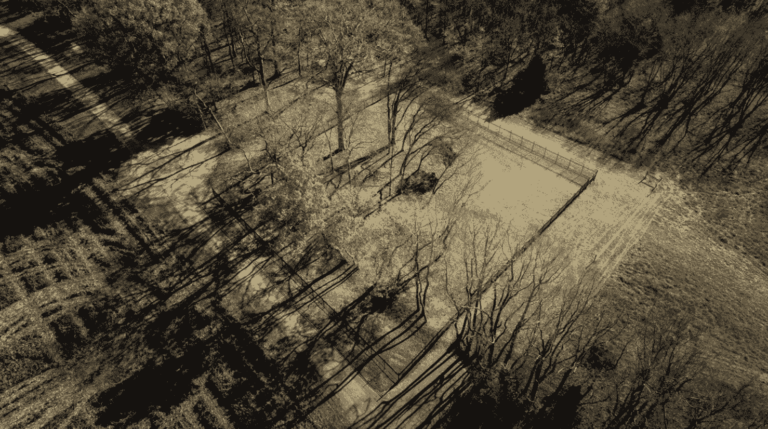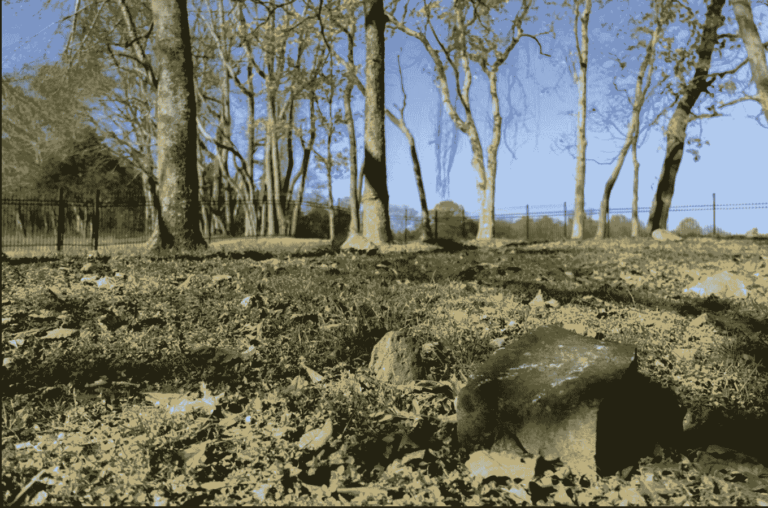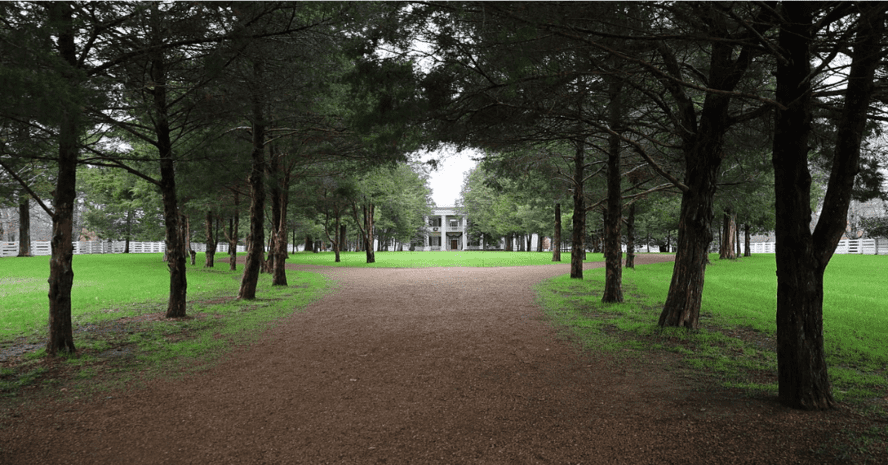In the quiet soil of Tennessee, just beneath the shade of magnolias and oaks, something powerful has been rediscovered—something long overlooked, but never truly gone.
At The Hermitage, President Andrew Jackson’s sprawling plantation estate, a team of archaeologists and researchers has used ground-penetrating radar to identify what appears to be at least 28 unmarked graves of enslaved individuals. For nearly two centuries, these souls lay hidden beneath the earth, their stories untold. But now, with modern tools and a renewed sense of purpose, history is slowly giving them back their names, their identities, their rightful place in the American narrative.
And this isn’t just another archaeological find. It’s a deeply human one.
A Long Silence, Broken
For decades, The Hermitage has stood as a physical monument to Andrew Jackson’s legacy—his presidency, military career, and influence on early American politics. But for all its grandeur, much of what was presented to the public focused on Jackson himself. The stories of the hundreds of enslaved individuals who built, farmed, cleaned, and lived on that land were often whispered at best, footnoted at worst.
Until now.
The discovery of this burial site offers something more than just information—it offers acknowledgment. It’s an act of finally turning our attention to those who lived in the margins of Jackson’s story, but who were central to the operation and wealth of his plantation.
And this moment? It asks us to look deeper.

Technology That Peels Back Time
Thanks to ground-penetrating radar (GPR)—a non-invasive method of scanning the earth—researchers were able to identify subsurface anomalies consistent with grave shafts. Paired with historical documents and oral histories, these findings paint a fuller picture of plantation life and death. GPR has become a quiet hero in archaeology. It allows us to see what the eye cannot: entire burial grounds, foundations of forgotten buildings, even old pathways—like footprints frozen underground.
These graves weren’t marked with stones or plaques. There were no names carved in marble. But they are there, and now we know they are there. That knowledge alone changes everything.
Who Were They?
We may never know the full names or stories of the 28 individuals found so far. But each grave is a thread—one that connects us to people who woke to the same sun we do, who worked under its heat, who looked up at the same moon at night and longed for something more. They were mothers, fathers, sons, daughters. They shared meals, dreams, fears. Their lives were as real and complicated as our own.
Imagine standing there, feet away from where someone was laid to rest 200 years ago. Someone who never had the right to own land, but who was forced to make it thrive. Someone whose blood and sweat helped build what many now consider a national treasure.
How can that not sit with you?

Rewriting the Narrative
The Andrew Jackson Foundation, which oversees The Hermitage, has taken an important step. Plans are in motion to incorporate the burial site into public tours and to involve descendants and scholars in how these individuals are honored. This is crucial.
Because the old narrative—one that celebrates a president without fully grappling with the source of his wealth—isn’t enough anymore. History isn’t just about the people in portraits. It’s about everyone who lived it.
This discovery pushes us to write a more complete story, one where marginalized voices aren’t just added in—they’re central. That’s the kind of storytelling that leaves a mark. It forces us to ask, “What else have we missed?”
The Mystery Beneath Our Feet
Here’s something that will keep you thinking long after you read this: The 28 graves found at The Hermitage? That’s likely just the beginning. Researchers believe there could be many more, their locations still waiting to be uncovered. This opens up countless questions. How were these individuals buried—by family, friends, or overseers? Were certain families laid to rest near each other? What rituals might have been performed in secret? What names were whispered over the graves, now lost to time?
So much of this is still unknown. But that’s what makes it compelling. That’s what draws us in.

Why It Matters Now
In an age of digital overload and 24/7 news cycles, it’s easy to forget that the land beneath us is still whispering stories. Real ones. Messy ones. Human ones.
This burial site matters because it bridges time. It forces us to stop and remember that the foundation of this country—literally and figuratively—was built by enslaved people. By rediscovering their burial sites, we’re not just filling in historical blanks. We’re reclaiming dignity for those who never had it in their lifetime.
And it’s not just about the past. It’s about how we move forward. Honoring these graves is a way of saying, “We see you now. You mattered then. You matter still.”
History Is Still Happening
If there’s one thing we love at Dinge, it’s the moments when history doesn’t behave—when it refuses to stay buried, when it demands to be re-examined, re-heard, and re-felt.
This is one of those moments.
As you walk through the world today—past construction sites, across old farmland, even down city streets—remember: the past isn’t gone. It’s all around us. Under our shoes. In the walls. Hidden in documents or uncovered by radar beams that light up forgotten places.
And every so often, we get the privilege of rediscovering something that challenges what we thought we knew.
Final Thoughts
At The Hermitage, 28 silent voices have just spoken again. Not in words, but in presence. In the undeniable shape of their resting places. In the ground that still remembers.
We may not know their names, but we can remember them. And in doing so, we honor not just their past—but our collective one.
So, next time you’re on a tour, reading a plaque, or walking past a monument, ask yourself: What stories haven’t been told here yet? What voices are still waiting to be heard?




